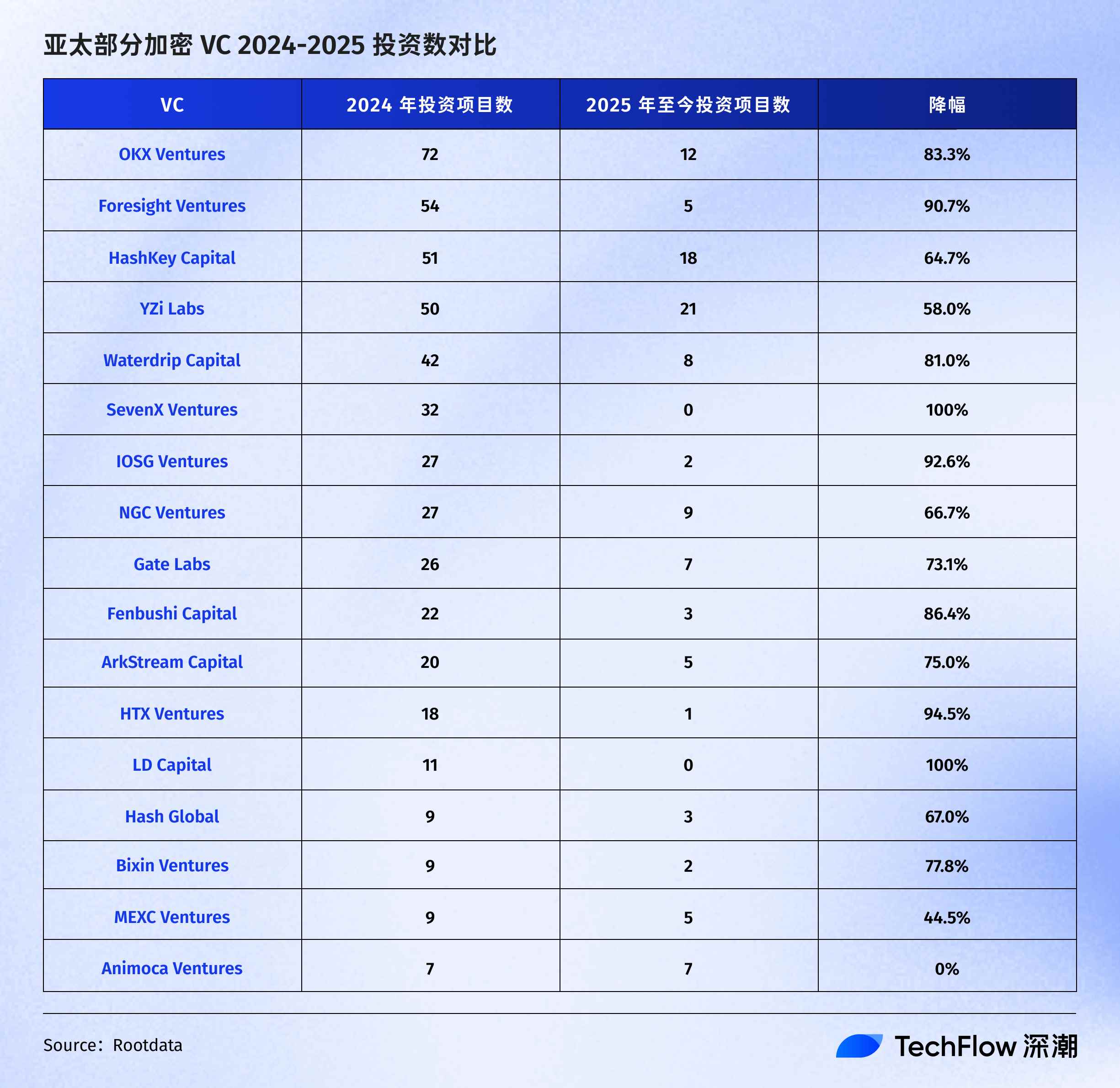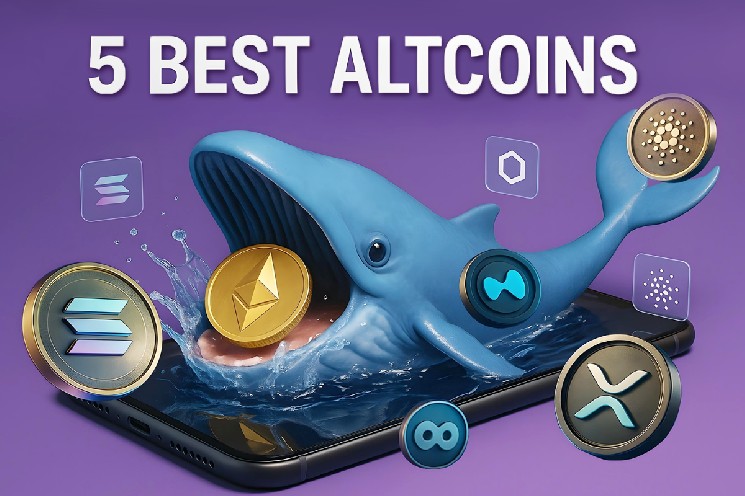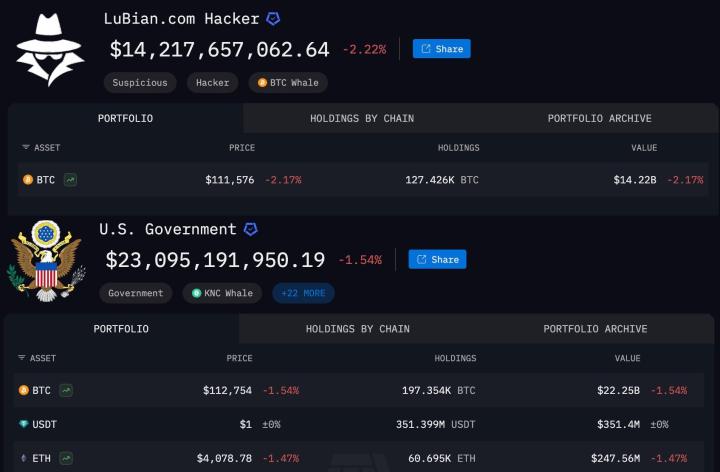Written by Ada, TechFlow
In April 2025, the well-known crypto VC ABCDE founded by Du Jun announced that it would stop investing in new projects and second-phase fundraising.
This once active investment institution has shifted its focus to post-investment management and exit arrangements for invested projects, becoming a microcosm of the current situation of crypto VC.
In 2024, we reported on a wave of rights protection among crypto VCs. At the time, a group of senior partners shed their VC aura and invested in projects or the secondary market, all because of one simple reason: "VC isn't profitable."
A year later, the bull market really arrived.
Bitcoin continues to hold steady at $100,000, and Ethereum has returned to $4,000, with occasional euphoria of get-rich-quick schemes in the secondary market. However, when the spotlight turns to the primary market, crypto VCs are facing an even tougher time than in the previous round.
Not only did I not make any money, but I also got a lot of infamy.
They are suppressed by exchanges, market makers and project owners in the ecosystem;
Their investment logic was completely shattered after the narrative collapsed;
They can’t raise money and are also questioned as “not as effective as KOLs.”
Crypto VC, where to go?
What's happening with crypto VC?
In the previous cycle, crypto VCs were accustomed to making quick bets. They chased narrative trends and were willing to invest in projects that didn't yet have a product or even a complete team. As long as the story was compelling enough, LPs and the secondary market would pay for it.
That was an era when "storytelling was more important than making products", but as we entered 2024-2025, this logic suddenly failed.
So, what is happening to the once-active Asian crypto VC scene now?
RootData data shows that compared with 2024, the number of Asian crypto VC investments in the primary market has fallen sharply since 2025.
Taking the three crypto VC giants that made the most frequent investments in the last cycle as an example, SevenX Ventures' last public investment was in December 2024, Foresight Ventures' number of investments dropped sharply from 54 to 5, and HashKey Capital's number of investments also dropped from 51 to 18.
Among the top 10 most active investment institutions in 2024, OKX Ventures ranked first with 72 investments, but this number has been significantly reduced to 12 in 2025.

According to Jack, a partner at a crypto VC, the current crypto VC landscape is severely fragmented, with small and medium-sized VCs facing particular difficulties, and many are being forced to pivot.
He offered his observations:
Between 2023 and 2025, approximately 5–7% of crypto VCs will turn to marketing/KOL agency business;
About 8-10% of crypto VCs have transitioned to incubation/post-investment driven institutions, with post-investment teams expanding by 30-50%;
The response of most institutions is to turn to the secondary market, extend the fund cycle, reduce management costs, or even pursue compliant exit paths such as ETF/DAT/PIPE.
In other words: VCs become service providers, or simply become "big players among leeks."
Yinghao, a former crypto VC investor, put it bluntly: “Nowadays, it is almost tantamount to suicide for an institution to focus solely on primary investment.”
LD Capital has transformed into the secondary market, and its founder Yi Lihua has become the "milk king chess player" of ETH, and his presence remains.
In addition, some crypto VCs are being "forced" to invest in AI.
As early as March, IOSG founding partner Jocy posted on social media that another project in her portfolio was transitioning to AI. As more and more crypto investors discovered that their portfolios were inexplicably filled with AI entrepreneurs, they were forced to vote with their feet.
For example, Bixin Ventures has significantly reduced its investment in the crypto industry and chosen to invest in emerging companies in the AI field, such as IntelliGen AI, which focuses on the AI medical track.
While transformation can be considered a proactive form of self-rescue, some institutions have even announced a halt to investment. ABCDE, a renowned crypto VC firm founded by Du Jun, announced in April 2025 that it would halt new investment and phase II fundraising, with the focus shifting to post-investment management and exit arrangements for existing projects.
"ABCED is relatively honest and openly said it would stop doing it, but there are many more crypto VCs who are keeping it secret," commented the interviewed VC practitioners.
With the sharp decline in the number of transactions, the underlying paradigm of the current primary crypto market is changing. In Jack's words, it is shifting from "liquidity-driven narrative speculation" to "cash flow and compliance-driven infrastructure construction."
For the past few years, crypto VC investment logic has been highly reliant on narrative. However, funding data for 2024–2025 shows a clear shift: According to Pitchbook data, global crypto/blockchain VC funding totaled only $1.97 billion in Q2 2025, a 59% decrease from the previous quarter and the lowest point since 2020. At the same time, late-stage funding rounds accounted for over 50%, indicating that investors are more focused on mature projects with real revenue and verifiable cash flow.
"It is becoming increasingly difficult to raise funds for narrative-driven early-stage projects, and projects that can generate revenue and profits (such as exchanges, stablecoin issuers, and RWA protocols) are more likely to attract capital," said Dashan, partner of Waterdrop Capital.
Furthermore, the "listing effect" of leading exchanges has been significantly diminished this time around. In the past, simply listing on a mainstream exchange would bring valuation liquidity. However, since 2025, despite an increase in the number of listings on Binance, the impact on secondary valuation premiums has weakened. According to Coingecko data, the average post-TGE decline for new coins in the first half of the year exceeded 42% in the 30 days following the initial public offering (TGE). At the same time, new exit paths have emerged, such as compliant ETFs/tokenized access funds (DATs), or structured secondary liquidity initiatives like protocol buybacks and ecosystem funds.
"This shift does not mean 'speculation disappears', but rather that the speculative window is shortened and beta returns give way to alpha screening," said Jack.
The VC Dilemma
The current predicament of crypto VC can be summed up in one word: not making money.
Crypto analyst KK frankly admits that the primary concern is that crypto VCs currently occupy a relatively backward position within the crypto ecosystem. VCs often lock up their stakes for one to three years, but due to the rapidly shifting narratives in the crypto industry, by the time the lockup period is unlocked, the hype surrounding these narrative-driven projects may have faded, with token prices plummeting, even approaching zero. Some projects are even declared dead before they even make it to an exchange.
In addition, many crypto VCs took over too many highly valued projects in the previous cycle. In this round, the logic was falsified, and actual revenue and other data could not support the high valuation at all.
"At that time, many VCs took over some overseas projects at high prices. On the one hand, they felt that the higher the valuation, the more stable it was. On the other hand, being able to invest in overseas projects together with well-known overseas investment institutions would be a blessing for brand reputation. But now it seems that many of them have lost money." said KK.
Most importantly, crypto VCs have no bargaining power. “Essentially, they can only provide money,” Yinghao said.
One interviewee even said bluntly: "In this market, VC money is not as valuable as a Twitter influencer."
What does the project need most?
Not just money, but “liquid resources”.
Market makers can create depth in the secondary market, exchanges listing tokens directly determines whether a project can access liquidity, and shill ( KOLs) can help projects sell their tokens faster. These liquidity participants often take the cheapest chips first, then sell them to VCs at multiples of their valuations. The result: crypto VCs pay the most but receive the worst prices.
Thus, an absurd phenomenon emerged: crypto VCs have become the group with the least bargaining power in the crypto market. They are not as good as exchanges, market makers, and even KOLs.
The "king of capital" in the primary market has become the "end of the ecological chain" in the crypto industry.
Fundraising difficulties
If "not making money" is the survival dilemma of VC, then "not being able to raise money" is a life-or-death crisis.
According to PitchBook data, the total amount of global crypto VC financing in Q2 2025 was only US$1.97 billion, a 59% decrease from the previous quarter, which is in stark contrast to the high of more than US$10 billion in a single quarter in 2021.
Why many traditional LPs are no longer investing, not only because their previous investments in projects didn't yield returns and they suffered losses, but also because "there are easier ways to make money in the crypto," Dashan said. "For example, buying mainstream coins, DeFi mining, and options arbitrage, all offer average returns of over 30%. This makes it difficult to convince LPs to invest in VCs, which take years to exit and are likely to result in losses."
On the other hand, the financial backers are also changing.
Jack observed that traditional US dollar LPs are shrinking and are being replaced by Middle Eastern sovereign funds such as Mubadala and QIA, as well as Asian family offices. Especially in Singapore and Hong Kong, many family offices allocate crypto secondary and early-stage equity through FOs and multi-strategy funds.
But these emerging LPs have more discerning tastes:
They want to see real cash flow, not just PowerPoint presentations. They demand compliant custody, audits, and fund licenses to avoid regulatory scrutiny. They also prefer hybrid funds that combine secondary and primary funds, which allow them to cash in on some of their returns in the short term.
The cruel reality is that money is increasingly concentrated in the hands of a few top figures.
“Unless they have strong vertical differentiation or key resources, it will be more difficult for small and medium-sized funds to attract LPs,” said Jack.
The fundraising dilemma is particularly critical for crypto-native VCs. On the one hand, they need to continuously raise funds externally, while on the other hand, they lack the resources and resources of industry collaboration to empower them. VCs with backgrounds in exchanges or market makers, or those using their own capital, have both the financial resources and the industry resources to secure bargains. However, crypto-native VCs have to navigate this life-or-death dilemma.
To put it more bluntly: in this market, LPs have no shortage of investment opportunities; what they lack is certainty, which native crypto VCs cannot provide.
Where to break through?
Although the current situation of the primary market is so tragic, players who are still in this market firmly believe that this is just a period of pain. When the reshuffle is over, only those who remain at the table will be qualified to reap the fruits of success.
They remain optimistic about the future.
"The current transformation is pregnant with new opportunities," Dashan said. "For example, stablecoins. Some predict that the issuance of stablecoins will exceed $3 trillion in the future. A wave of new targets will inevitably emerge around the settlement, clearing, and compliance services for this $3 trillion. This presents an opportunity for crypto VCs to prepare for the future."
The broader narrative is equally alluring. According to the Citi GPS 2024 report, tokenized assets are projected to reach $10–16 trillion by 2030. Both on-chain settlement platforms and the issuance of real-world assets (RWAs) offer entry points for VCs.
"In each cycle, new opportunities will emerge around new assets. Whether it is trading platforms, financial derivatives, or innovative Defi projects, they will inject vitality into the market," said Yinghao.
But if crypto VCs want to survive in this game, they must completely reshape their roles.
They can move beyond being purely financial investors to provide market-making, compliance, and liquidity support, and even directly participate in project operations. This model is more like an "investment bank" than a traditional VC.
Or they can create structured funds and design diverse exit paths for LPs through financial engineering methods such as DAT, PIPE, and SPAC, turning "uncertain narratives" into "predictable cash flows."
They must also build real research and data capabilities, focusing on quantifiable indicators such as on-chain revenue, user retention, and protocol fees, rather than continuing to bet on the next "empty narrative."
These directions may be the last bargaining chips for crypto VCs.
However, the irony of history is that those who truly survive are often those who survive the most challenging circumstances. The "weightless era" of crypto VC may be nurturing the birth of the next star.
After all, only those players who are still standing on the ruins are qualified to welcome the next bull market.







